A Spicy Dive into Global Seafood Flavors: The Magic of Louisiana Seafood Seasoning
Whether you're a seasoned chef or just starting to explore the world of spices, one thing is for sure: flavor is the soul of any dish. Among the many spice blends that have captured our taste buds, Louisiana seafood seasoning stands out as a bold and versatile player in the culinary world. This unique mix of herbs and spices has roots in the heart of Southern cuisine and has since become a global favorite. In this article, we'll take a fun and informative journey through the history, uses, and benefits of Louisiana seafood seasoning, while also exploring how it fits into the broader tapestry of global spice traditions.
Table of Contents
- The History of Louisiana Seafood Seasoning
- Understanding the Flavor Profile
- Louisiana Seafood Seasoning in Global Spice Traditions
- Creative Recipes Using Louisiana Seafood Seasoning
- Buying Guide: How to Choose the Best Louisiana Seafood Seasoning
- Top 5 Tips for Using Louisiana Seafood Seasoning
- Conclusion
The History of Louisiana Seafood Seasoning
Let’s start by diving into the origins of Louisiana seafood seasoning. As the name suggests, this blend has deep ties to the coastal regions of Louisiana, where seafood is a staple of the local diet. While its exact origin is debated, most food historians agree that it was inspired by Creole and Cajun cooking traditions. These cuisines are known for their rich, layered flavors and use of bold spices like paprika, cayenne, garlic, and onion powder.
The modern version of Louisiana seafood seasoning emerged in the mid-20th century, thanks in part to companies like Cajun Seasoning Co. and McCormick, who began packaging and marketing it as a convenient alternative to mixing your own spices. Today, it's widely used across the United States and beyond, especially in dishes like shrimp, crab, and crawfish boils.
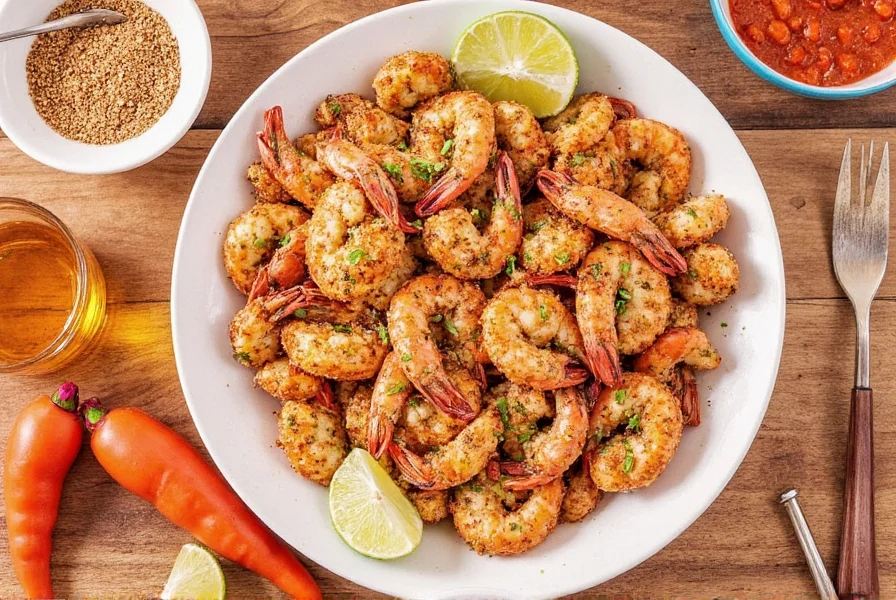
Understanding the Flavor Profile
If you've ever opened a packet of Louisiana seafood seasoning, you know it’s not subtle. It’s a punchy blend of spicy, smoky, and savory notes. Here's a breakdown of what makes it so unique:
| Spice | Flavor Contribution |
|---|---|
| Paprika | Smoky sweetness |
| Cayenne Pepper | Heat and depth |
| Garlic Powder | Umami and savoriness |
| Onion Powder | Sweetness and aroma |
| Dried Oregano & Thyme | Herbal complexity |
This combination creates a flavor profile that's perfect for grilling, boiling, or even sprinkling on popcorn for a spicy twist. But it's not just about heat—there's a balance of flavors that can elevate any seafood dish.
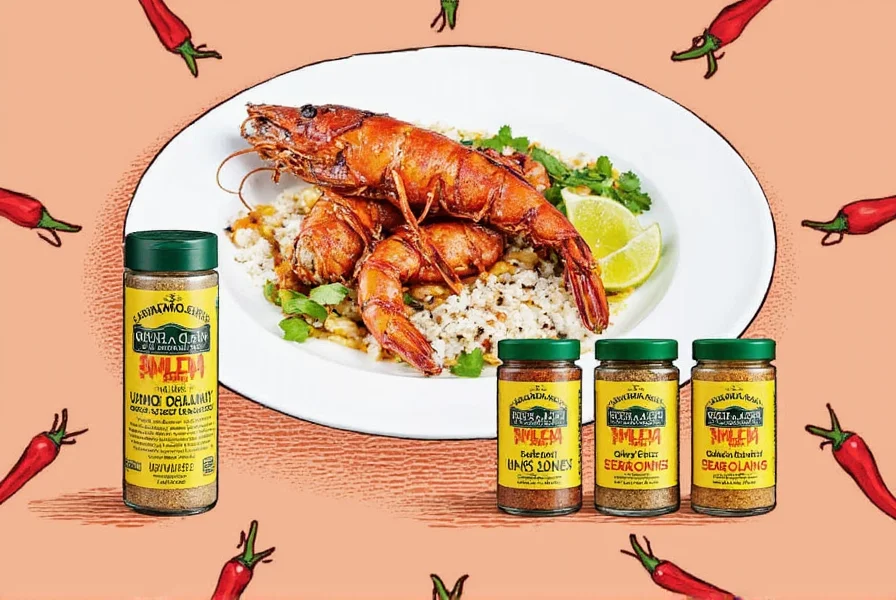
Louisiana Seafood Seasoning in Global Spice Traditions
While Louisiana seafood seasoning is rooted in American cuisine, it has found its way into kitchens around the world. In places like Mexico, chefs often use similar spice blends to season grilled fish or shrimp. In Asia, the concept of a strong, aromatic seasoning is common, though the ingredients differ—think of Thai red curry paste or Indian masala.
What makes Louisiana seafood seasoning unique is its versatility. It's not limited to seafood—it can be used on chicken, vegetables, or even as a rub for grilled meats. This adaptability has made it a hit among adventurous cooks who love experimenting with different cuisines.
In fact, some international chefs have started creating their own versions of the blend, incorporating local spices and herbs. For example, a Mexican chef might add chipotle or chili powder, while an Italian chef might include basil or rosemary. This cross-cultural exchange is one of the fascinating aspects of global spice traditions.
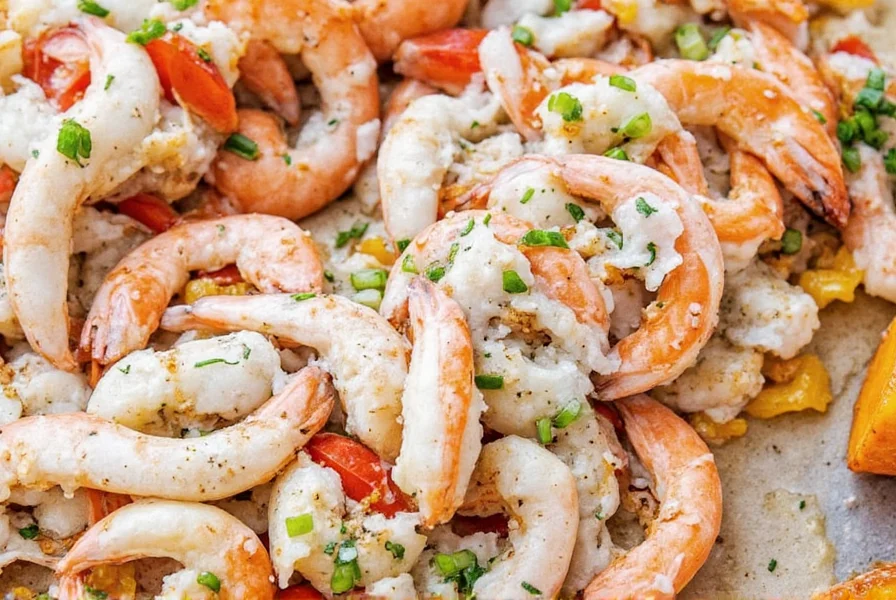
Creative Recipes Using Louisiana Seafood Seasoning
Now that we’ve covered the basics, let’s get practical. Here are a few creative recipes that showcase the power of Louisiana seafood seasoning:
- Grilled Shrimp Skewers: Marinate shrimp in a mixture of olive oil, lemon juice, and a generous amount of Louisiana seafood seasoning. Grill until charred and serve with a side of rice or corn on the cob.
- Seafood Boil: A classic Southern dish that’s perfect for gatherings. Combine shrimp, crawfish, and corn with a pot of boiling water and a generous helping of Louisiana seafood seasoning. Serve with potatoes and sausage.
- Spicy Popcorn: For a fun and unexpected twist, toss freshly popped popcorn with a sprinkle of Louisiana seafood seasoning. It’s a snack that’s both savory and addictive.
- Seasoned Chicken Tenders: Use the seasoning as a dry rub for chicken tenders before frying. The result is a crispy, flavorful bite that’s sure to impress.
These recipes show just how flexible and delicious Louisiana seafood seasoning can be. Whether you’re cooking for yourself or hosting a party, this spice blend is a must-have in your kitchen.
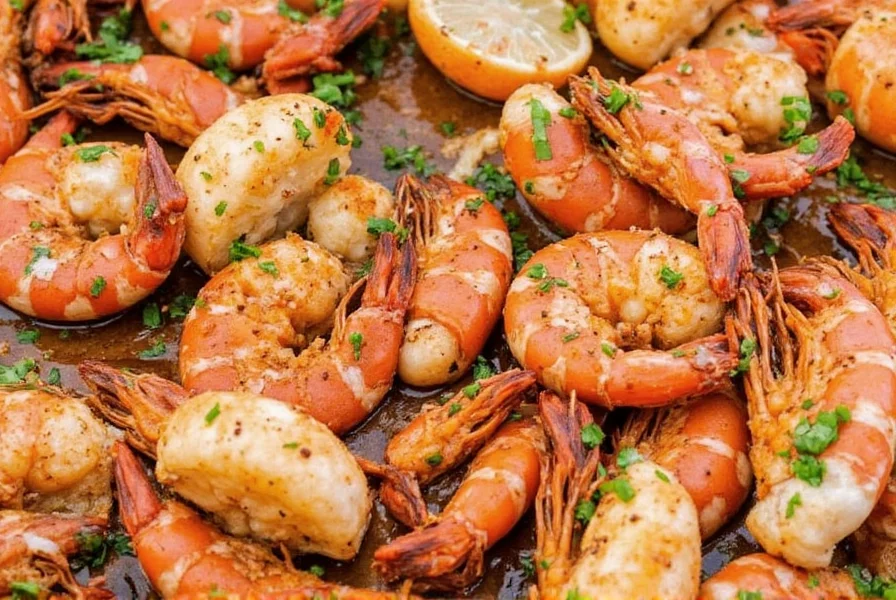
Buying Guide: How to Choose the Best Louisiana Seafood Seasoning
With so many brands and variations on the market, choosing the right Louisiana seafood seasoning can feel overwhelming. Here’s a quick guide to help you make an informed decision:
Key Features to Look For
- Ingredients: Opt for a seasoning that contains natural, high-quality spices rather than artificial additives. Look for names like paprika, cayenne, garlic, and onion powders.
- Spiciness Level: Some blends are milder, while others pack a serious kick. If you're new to the flavor, start with a milder option and adjust as needed.
- Brand Reputation: Established brands like Mccormick, Cajun Seasoning Co., and Simply Organic are known for their quality and consistency.
- Use Cases: Consider how you plan to use the seasoning. If you’re making seafood boils, a bolder blend might be better. For everyday use, a more balanced mix could work better.
One highly recommended product is Mccormick Louisiana Seafood Seasoning. It's a fan-favorite due to its well-balanced flavor, affordability, and wide availability. This seasoning is ideal for seafood lovers who want to bring a bit of Southern flair to their meals.
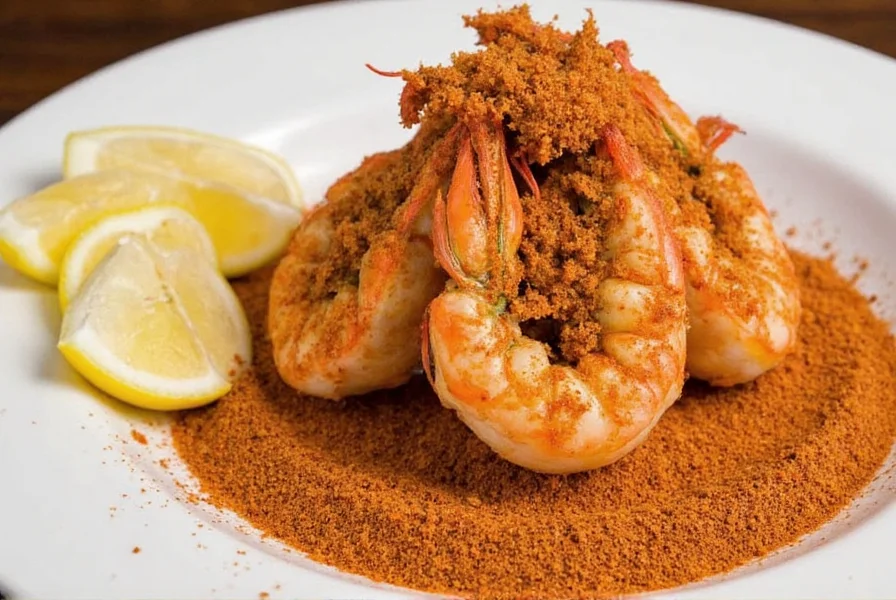
Top 5 Tips for Using Louisiana Seafood Seasoning
Here are five easy tips to get the most out of your Louisiana seafood seasoning:
- Use it generously: This seasoning is designed to be bold, so don’t shy away from using it in large amounts. A little goes a long way, but you can always add more if needed.
- Experiment with other spices: Mix it with other seasonings like smoked paprika, garlic powder, or even a dash of hot sauce to create your own signature blend.
- Try it on non-seafood items: While it’s called seafood seasoning, it works wonders on grilled chicken, roasted vegetables, and even burgers.
- Store it properly: Keep your seasoning in an airtight container in a cool, dark place to preserve its potency and flavor.
- Make your own: If you're feeling adventurous, try making your own version at home. You’ll have full control over the ingredients and spice level.

Conclusion
Louisiana seafood seasoning is more than just a spice—it’s a gateway to a world of flavor and culinary exploration. From its rich history in Southern cooking to its growing presence in global kitchens, this seasoning has proven itself to be a versatile and essential ingredient for anyone who loves to cook.
Whether you're preparing a simple seafood dish or trying something new and exciting, Louisiana seafood seasoning is the perfect partner. With its bold flavor, ease of use, and ability to elevate any meal, it’s no wonder it’s a favorite among chefs and home cooks alike.
So next time you're in the kitchen, give this seasoning a try. You might just discover a new favorite flavor—and maybe even inspire your own unique recipe!

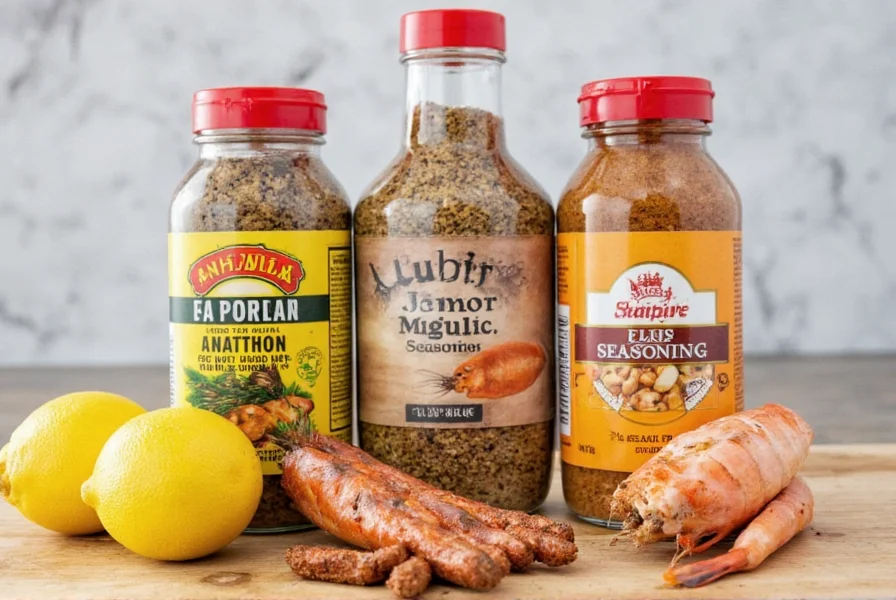









 浙公网安备
33010002000092号
浙公网安备
33010002000092号 浙B2-20120091-4
浙B2-20120091-4